How to Know if That Avocado Is Safe to Eat
It's smart to know when avocados are safe to eat, since they can be expensive. In other words, you might be tossing one, thinking it's bad, when you actually don't need to. Here are the 5 ways you can know if your avocado is still usable (courtesy of www.healthline.com).
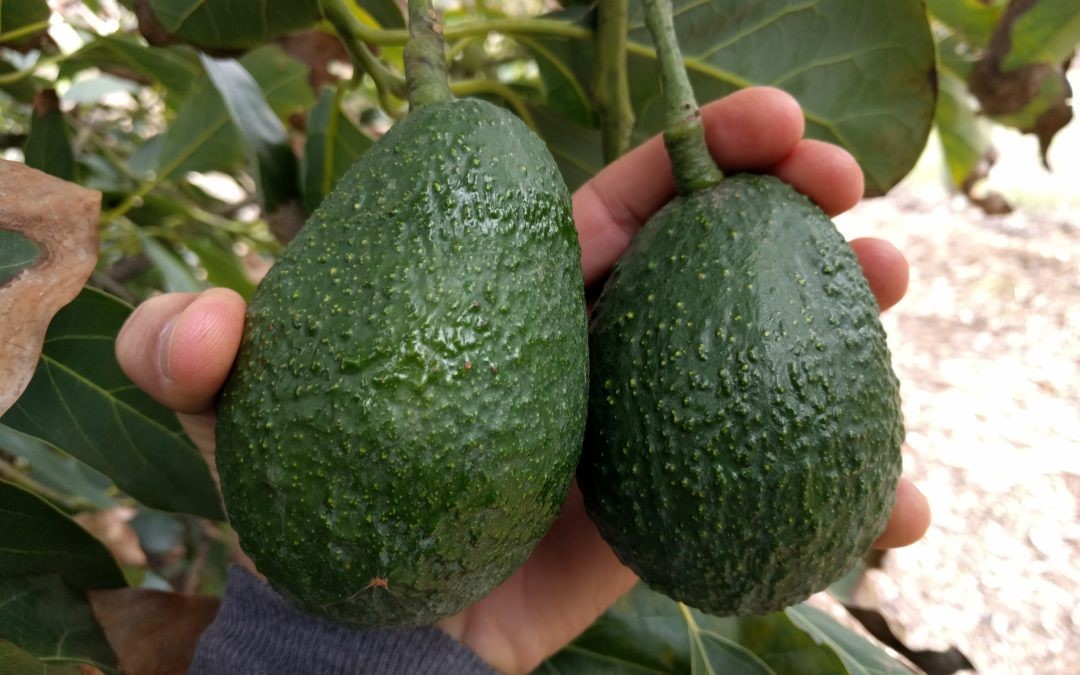
But first, a little background information: An avocado doesn't start to ripen until picked from the tree, but the process happens rather quickly afterward. Once ripe, you have a narrow window of time - generally only a few days - before the fruit starts to spoil.
So to determine when an avocado is rotten and no longer good to eat, here's what to look for:
Overly soft and dented skin. When checking for ripeness, use the palm of your hand to gently squeeze the avocado. Don't press the fruit with your fingers, as this may bruise the flesh. If the avocado is very firm and doesn't give at all, it's under-ripe. If it gives slightly, it's likely ripe and ready to eat. However, if squeezing leaves a small indentation, it may be too ripe for slicing and will work better mashed.
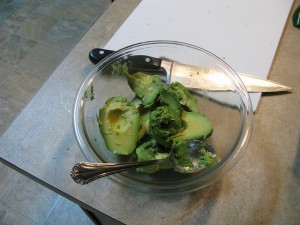
The fruit is overripe and probably spoiled if pressing leaves a large dent and the fruit feels mushy. Additionally, if an avocado already has a sunken area or looks deflated before you squeeze, it's likely past its prime.
Blackened skin. Some types of avocados undergo distinct skin color changes as they ripen - particularly the Hass variety, which accounts for about 80% of avocados eaten worldwide.
When not fully ripe, Hass avocados have bumpy, bright green skin. It progresses to dark green or brown when ripe. If the skin looks nearly black and the fruit feels mushy upon touch, it's overripe and likely spoiled.
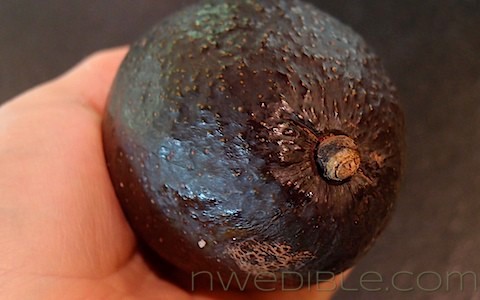
Other varieties, including the zutano and fuerte, retain their green skin color regardless of how ripe they are. Use other methods - such as feeling for firmness - to determine if they've gone bad.
Dark, streaky flesh. Once you cut an avocado, it's easier to determine whether it has gone bad. Of course, this is only an option after you buy it.
An avocado that's ready to eat has light green flesh. A little browning on the flesh is still OK. But a rotten one has brown or black spots throughout the flesh. That said, though, it may be that an isolated brown spot is simply due to bruising, rather than widespread spoilage. If that's the case, it can be cut away.
Another possible sign of rotting is dark streaks in the flesh. Still, some avocados - particularly those harvested from young trees - may have dark streaks even though they're not rotten. If the fruit looks good otherwise, doesn't have an odd smell, and doesn't taste off, it's fine to eat (although I'm not crazy about tasting something to see if it's still edible, are you?).
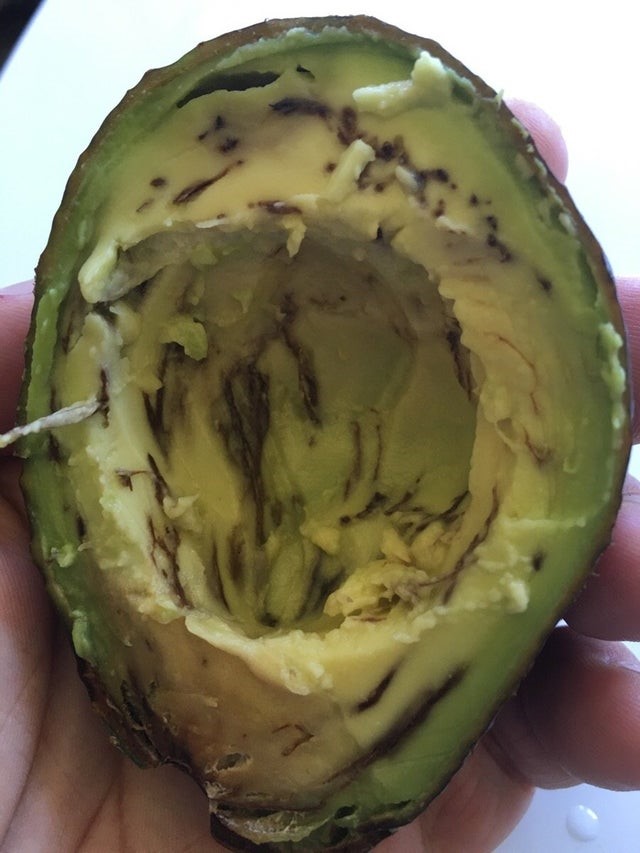
Similarly, the texture of an avocado may be stringy when it has spoiled. Still, if there are no other signs of rot, it's not necessarily bad. A fibrous texture can also be attributed to growing conditions.
Off flavor or odor. Ripe avocados have a pleasant, slightly sweet aroma and somewhat nutty flavor. As the fruit spoils, it may develop an abnormal taste and odor.
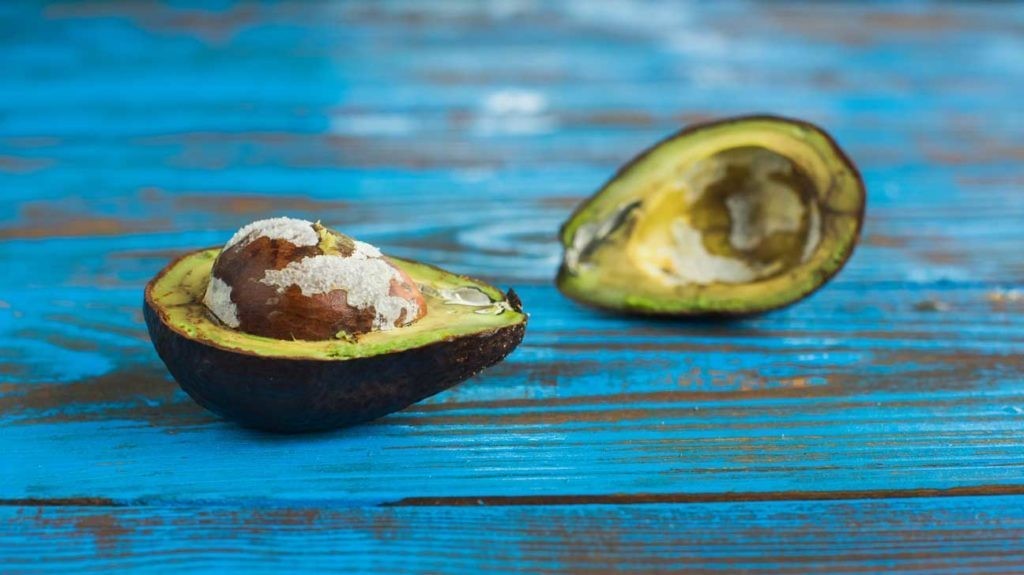
If it has a sour taste or smell, it may have bacterial spoilage and should be discarded. A chemical odor and taste may mean it's rancid. This can happen when oxygen or microbes damage or break down the fruit's unsaturated fat. Rancidity can result in the formation of potentially toxic compounds. Don't eat an avocado if you think it's rancid.
The flavor of spoiled avocados can vary, but it's usually easy to tell upon taste whether they're past their prime. Through smell, touch, visual inspection, and taste you can determine whether an avocado has spoiled. (OK, but taste would be my very last resort.)
Mold. Mold on avocados is generally white or gray and looks fuzzy. Don't sniff it, as you may inhale mold spores and trigger breathing problems if you're allergic to it.
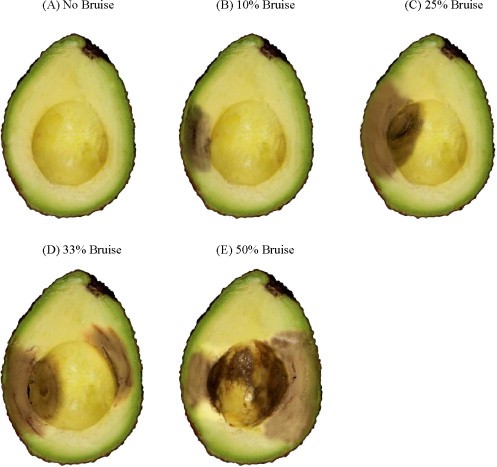
Avoid buying avocados with mold on the exterior, as it can penetrate the flesh and cause decay.
If you cut open an avocado and see mold, discard the entire fruit. Though you may only see mold in one area, it can easily spread through the soft flesh. Don't attempt to salvage it.
So then, how do I know that I may not need to toss my avocado? Basically, there's just one scenario: If the dark spot on the flesh is from a bruise. If it still smells good, is firm-ish, there's no mold or dark streaks, then it's safe to eat. But I think this scenario is more common than we realize, and I've tossed a lot of just bruised, still-good-to-eat avocados in my day. Dang!
Download Cook’n to get more amazing, kitchen-tested recipes and tips like this!
- www.apec-flows.ntu.edu.tw
- www.healthline.com
- www.leaftv.com
- www.nwedible.com
- www.quickbrain.com
- www.gregalder.com
 Alice Osborne
Alice Osborne
Weekly Newsletter Contributor since 2006
Email the author! alice@dvo.com
